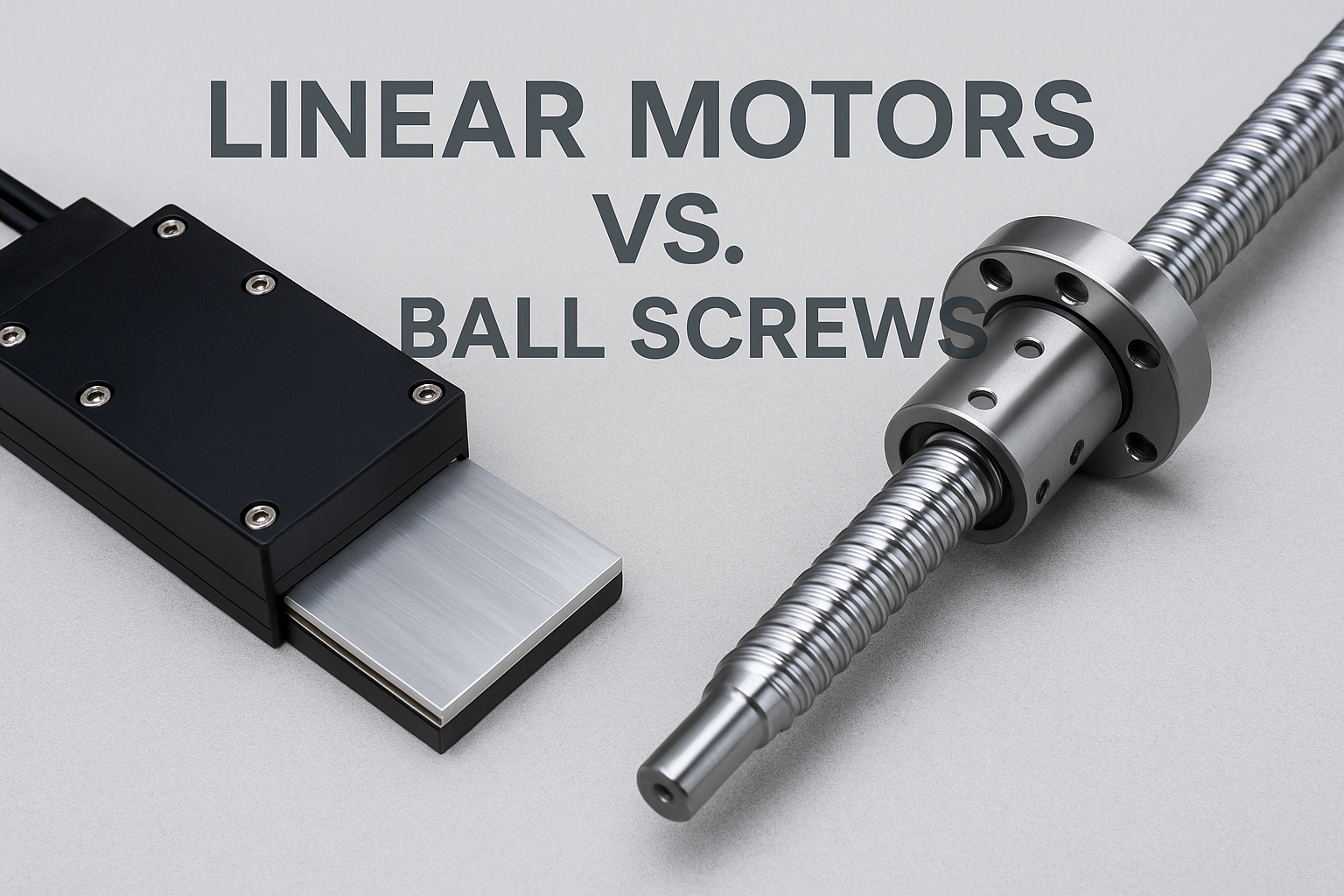When it comes to high-precision linear motion, the two most commonly considered technologies are linear motors and ball screws. Each has its own strengths and ideal applications, but they differ significantly in performance, maintenance, and system integration.
This article explores the core differences between linear motors and ball screws and helps you determine which technology is best for your high-precision motion system.
What Are Ball Screws?
Ball screws are mechanical devices that convert rotary motion into linear motion using a threaded screw shaft and a ball nut filled with recirculating ball bearings.
Advantages:
High force output in a compact space
Proven, widely available technology
Cost-effective for many medium-precision applications
Limitations:
Mechanical contact results in wear and backlash
Requires lubrication and frequent maintenance
Limited acceleration and top speed
Typical Applications: CNC machines, injection molding, 3D printers, and lifting systems
What Are Linear Motors?
Linear motors are direct-drive actuators that produce motion in a straight line by interacting magnetic fields between a primary (forcer) and a secondary (platen or magnetic rail). No rotary-to-linear conversion is needed.
Advantages:
No mechanical contact = no backlash
Ultra-high precision and repeatability
High acceleration and velocity
Quiet, low-maintenance operation
Limitations:
Higher initial cost
Requires precise alignment and servo control
Sensitive to harsh environments unless protected
Typical Applications: Semiconductor manufacturing, medical devices, high-speed automation, and metrology
Performance Comparison Table
| Feature | Ball Screw | Linear Motor |
|---|---|---|
| Backlash | Present, can be minimized | None |
| Speed | Moderate | Very High |
| Acceleration | Limited by inertia | Extremely High |
| Precision | Micron-level with preload | Sub-micron achievable |
| Maintenance | Regular lubrication required | Minimal |
| Noise | Audible during operation | Near silent |
| Force Density | High in small footprint | High, scalable |
| Lifespan | Subject to mechanical wear | Long, due to non-contact operation |
| Cost | Lower upfront | Higher initial, lower long-term |
Key Considerations for System Designers
1. Required Precision
If your system requires sub-micron resolution or ultra-smooth motion (e.g., semiconductor inspection or laser focusing), linear motors are clearly superior due to zero backlash and consistent force.
2. Speed and Acceleration
Linear motors excel in high-speed, high-acceleration environments. For example, a pick-and-place system may need 10G acceleration and 2 m/s speed, which ball screws cannot support without compromising stability.
3. Budget Constraints
Ball screws are more affordable upfront. For applications with relaxed accuracy needs and slower speeds, they are cost-effective. However, consider total cost of ownership: linear motors save in the long run by reducing downtime and maintenance.
4. Environmental Conditions
In dusty or unfiltered environments, ball screws may perform better due to their mechanical simplicity and protection. Linear motors require sealing, filters, or enclosures for durability.
5. Maintenance Frequency
Ball screws need lubrication and periodic adjustment to combat backlash and wear. Linear motors, by contrast, require minimal attention aside from occasional alignment and cleaning.
Hybrid Approaches: Linear Motor + Ballscrew
Some systems combine both technologies:
Use ball screws for Z-axis motion where holding force is needed
Use linear motors for X/Y axes to gain speed and precision
This hybrid setup is common in multi-axis CNC machines, gantry systems, and robotic stages.
Use Case Scenarios
| Application | Recommended Technology | Reason |
|---|---|---|
| Wafer inspection machine | Linear Motor | Sub-micron accuracy, cleanroom operation |
| Injection molding machine | Ball Screw | High thrust in compact space |
| SMT pick-and-place robot | Linear Motor | High speed, high acceleration |
| Desktop CNC | Ball Screw | Budget-friendly, sufficient for small loads |
| Automated microscope stage | Linear Motor | Smooth, silent, highly repeatable motion |
| 3D printer (low-end) | Ball Screw | Cost-effective and widely supported |
Why Smartwin Recommends Linear Motors for High-Precision Applications
At Smartwin, we specialize in iron-core and ironless linear motors that deliver:
Zero backlash performance
High dynamic response (acceleration up to 10G)
Sub-micron repeatability
Seamless integration with servo drives and encoders
From semiconductor processing to medical imaging and digital printing, our linear motors offer unmatched performance in compact, scalable form factors.
Bonus: Our linear modules combine motors, encoders, and mounts in pre-aligned assemblies, reducing setup time and increasing reliability.
Conclusion
For high-precision motion systems where speed, responsiveness, and accuracy are paramount, linear motors clearly outperform ball screws. While ball screws remain a solid choice for cost-sensitive or force-heavy applications, the future of ultra-precise automation belongs to direct-drive linear solutions.
When designing your next-generation motion platform, evaluate your speed, accuracy, maintenance, and budget requirements carefully. In most precision-critical systems, the benefits of linear motors far outweigh the initial investment.
Explore Smartwin's linear motor portfolio today at zhiyingmotor.com or contact our application engineers to find the perfect fit for your motion system.

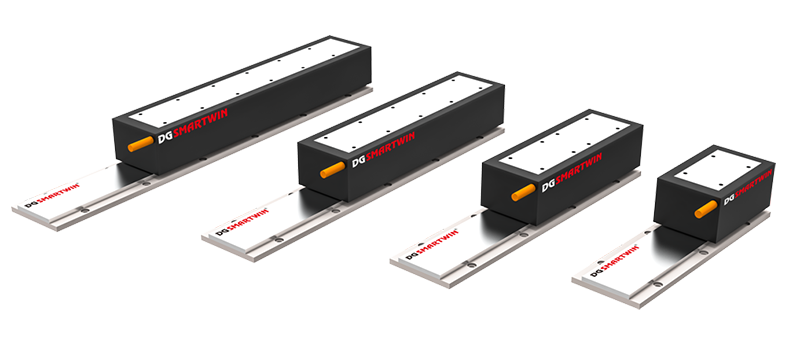
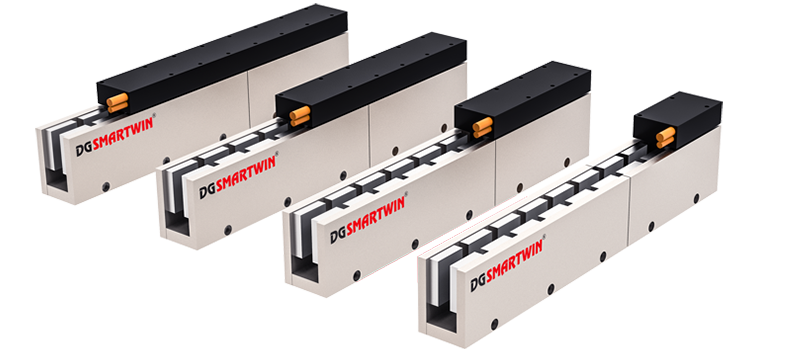
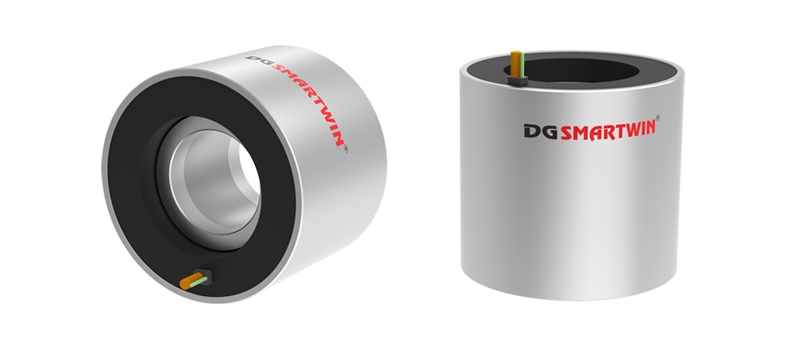
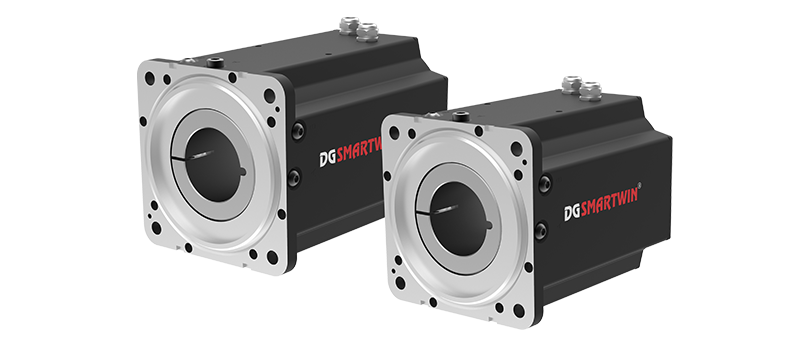
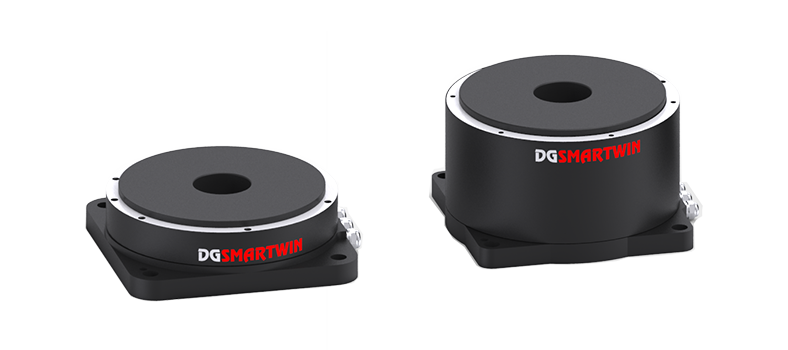
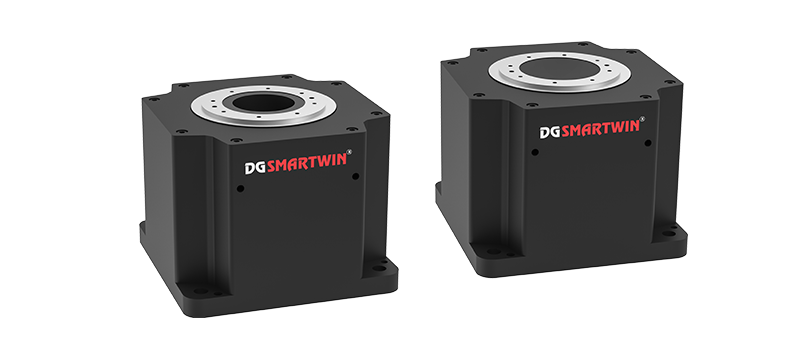
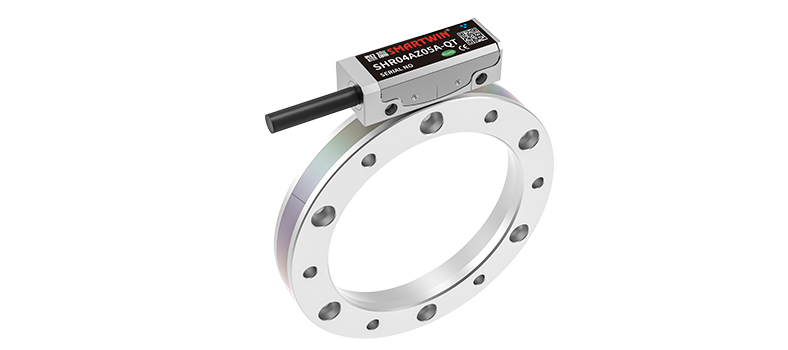
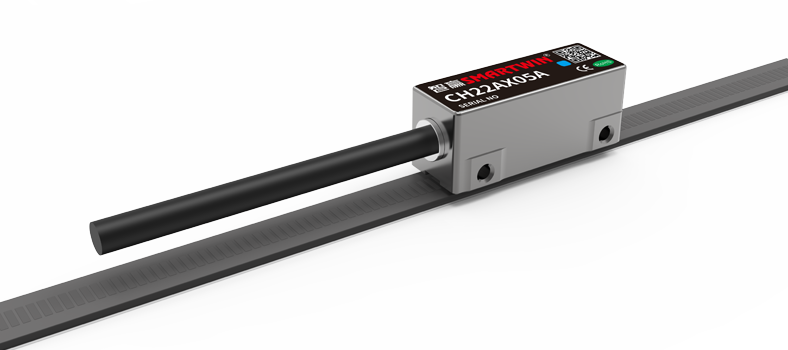








 En
En

